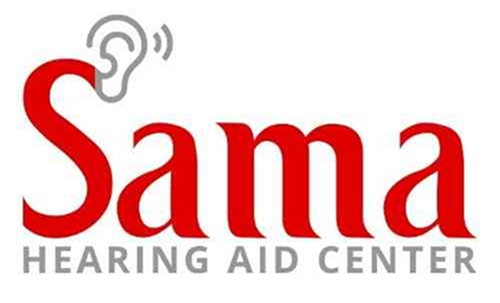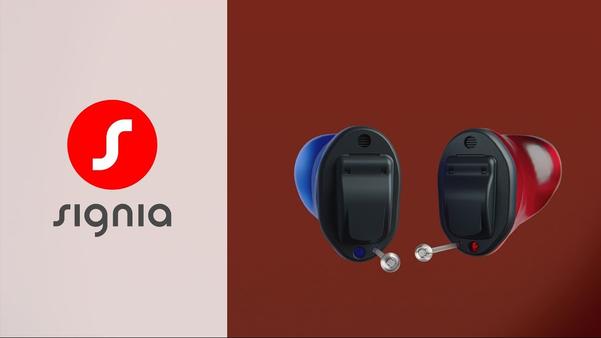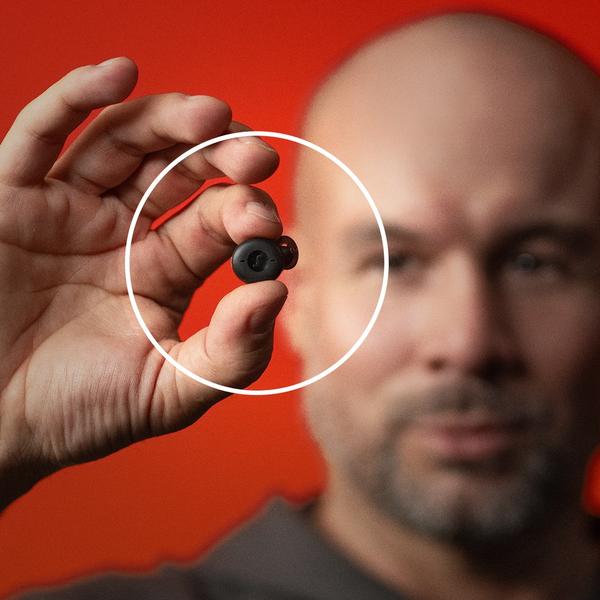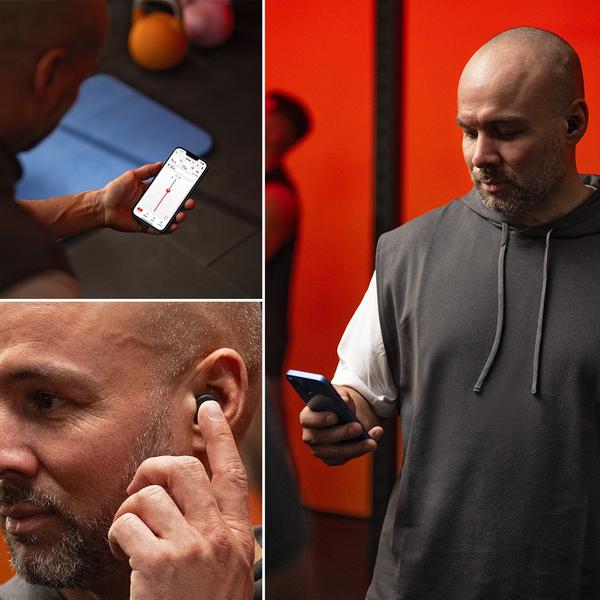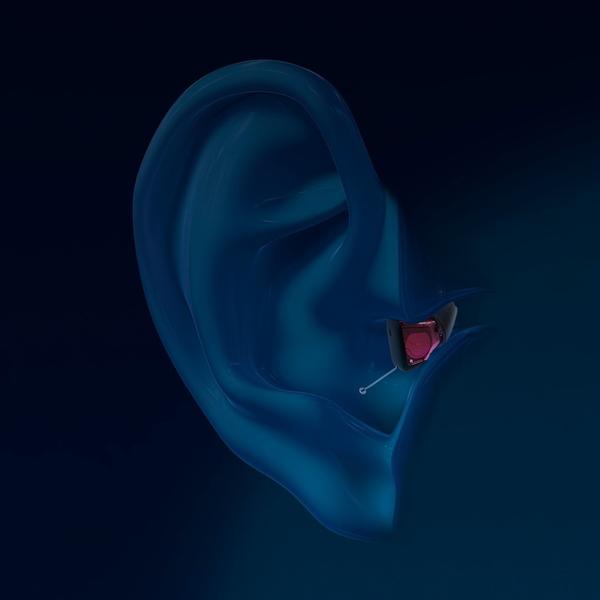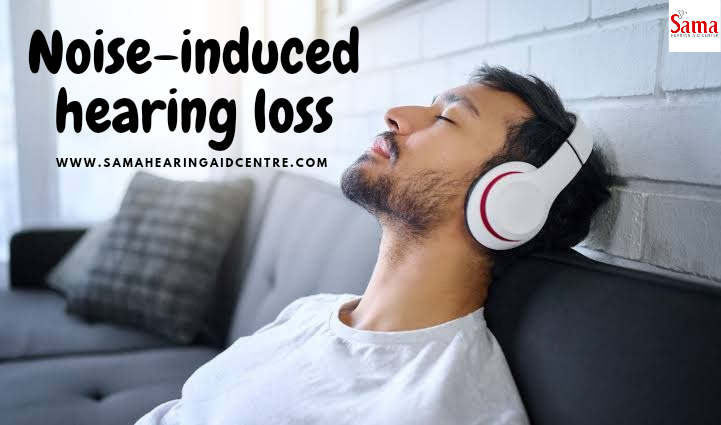
Noise-induced hearing loss: Sounds you didn’t know damage your hearing
Hearing is an important part of everyday life, yet most people don’t realize when they are damaging their ears.
Causes of hearing loss include infections, aging, and brain injury, but one of the most common causes is exposure to impact noise such as firecrackers. Noise-induced hearing loss (NIHL) can develop after one occurrence of extreme noise exposure or after listening to very loud sounds over time. Everyone has tiny hair cells in their inner ear (cochlea) that vibrate and send an electric signal to the auditory nerve, allowing you to hear. Different groups of hair cells interpret different sound frequencies. Over time, if enough of these hair cells are damaged or broken, hearing loss results.
Sounds that damage your ear
A normal, healthy ear is capable of hearing frequencies ranging from 20 to 20, 000 Hz. However, some sounds can cause long-term or permanent noise-induced hearing loss, either instantly or after prolonged listening. Sound is measured in decibels (represented as “dB). Normal conversation occurs at around 60 dB, which is not loud enough to cause damage. A typical rock concert averages about 120 dB, which means hearing damage can occur after the first 15 minutes. Simply put, the lower the volume, the longer you can listen without damage; the higher the volume, the less time it takes for hearing damage to occur. Here are ranges of sounds you probably didn’t know could affect your hearing:
85 – 100 dB
(It takes 6 to 8 hours before causing damage)
• Heavy traffic
• Window air conditioner (close to you)
• Noisy bar
• Hair dryer
• Motorcycle
• Squeeze toy (close to ear)
• Subway car (passing)
• Music player at max volume
110 – 180 dB
(It takes one to 30 minutes before causing damage depending on level)
• Rock concert (located near speakers)
• Thunder
• Emergency vehicle siren
• Balloon popping (close to ear)
• Rowdy stadium crowd
• Firecracker
• Safety airbag
• Jet plane take off
How to prevent hearing damage
The simplest way to avoid developing noise-induced hearing loss is to pay attention to sound volume wherever you go. Listening to levels below 85 dB can help you preserve your hearing.
If a sound is too loud, don’t stay around long enough for it to cause damage. When in doubt, you can always use hearing protection.
Keywords
less time
Jet plane
Noisy bar
inner ear
max volume
Subway car
Hair dryer
loud sounds
most people
simplest way
Music player
brain injury
6 to 8 hours
common causes
Safety airbag
Heavy traffic
everyday life
hearing damage
auditory nerve
important part
one occurrence
electric signal
tiny hair cells
20 to 20, 000 Hz
first 15 minutes
Different groups
one to 30 minutes
hearing protection
Normal conversation
normal, healthy ear
Rowdy stadium crowd
typical rock concert
extreme noise exposure
Window air conditioner
Emergency vehicle siren
different sound frequencies
permanent noise-induced hearing loss
